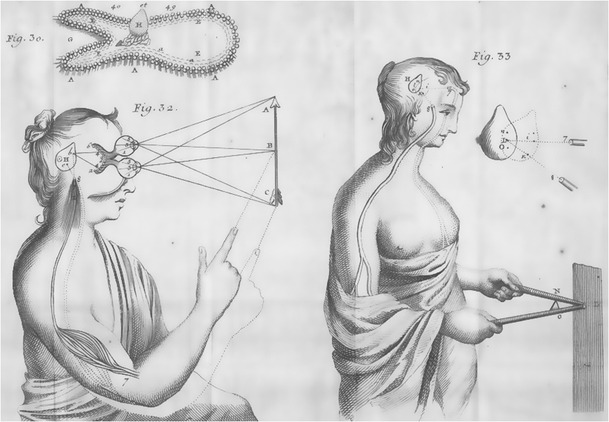Throughout the span of recorded human history, Pinecones have served as symbolic representation of Human Enlightenment, Third Eye and Pineal Gland…

Conifer Pine Trees are one of the most ancient plant genera on the planet, having existed nearly three times longer than all flowering plant species. Pinecone is the evolutionary precursor to the flower, and its spines spiral in a perfect Fibonacci sequence in either direction, much like the Sacred Geometry of a rose or a sunflower.
Our “Pine”al Gland, shaped like (and named after) Pinecone, is at the geometric center of our brain and is intimately linked to our body’s perception of light. Pineal modulates our wake-sleep patterns and circadian rhythms, remains uniquely isolated from the blood-brain barrier system, and receives a higher percentage of blood flow than any other area of the body save the kidneys.

It is considered by many to be our biological Third Eye, “Seat of the Soul,” “Epicenter of Enlightenment” and its sacred symbol throughout history, in cultures around the world, has been Pinecone.
Egyptian Staff of Osiris, dating back to 1224 BC, depicts two intertwining serpents rising up to meet at a pinecone. Modern scholars and philosophers have noted the staff’s symbolic parallels to Indian “Kundalini,” a spiritual energy in the body depicted as coiled serpents rising up from base of the spine to Third Eye (Pineal Gland) in moment of enlightenment. Awakened Kundalini represents the merging and alignment of Chakras, and is said to be the one and only way to attain “Divine Wisdom” bringing pure joy, pure knowledge and pure love.

Depictions of Hindu deities are also interwoven with both literal and symbolic representations of serpents and pinecones. In some cases, Hindu gods are carved, sculpted or drawn holding a pinecone in outstretched hand. Shiva, most prominent god in the Hindu tradition, is consistently depicted with a head, or coiled hair, shaped in marked similarity to a pinecone and interwoven with a serpent or serpents.
In addition to spiritual consciousness and enlightenment, pinecones have also historically been used as symbols of everlasting or eternal life. Ancient Assyrian palace carvings (713-716 BC) depict four-winged God-like figures purposefully holding aloft pinecones, or in some cases, using a pinecone to pollinate their depiction of Tree of Life – a tribute, perhaps, to both Pinecone’s immortality symbolism and its role as an icon of enlightenment.
In yet another culture’s tribute to Pinecone as symbolic of spiritual ascension and immortality, a statue of Mexican god “Chicomecoatl” (Seven Snakes) again depicts the deity offering forth pinecones in one hand, and an evergreen tree in the other.
Greeks and Romans also incorporated Pinecone into their elaborate systems of religious belief and mythology. Dionysus, later known as Bacchus to Romans, was continually depicted ca rrying a “Thyrsus,” a fennel staff woven with ivy and leaves and topped with pinecone. Thyrsus, purported to drip with honey, was regularly used as sacred instrument at religious rituals and fetes.
Romans later built an enormous bronze sculpture, “Pigna,” in shape of a huge pinecone three stories tall. According to a popular medieval legend, sculpture stood on top of Pantheon, as a lid for the round opening in the center of the building’s vault. Pigna is confirmed to have served as a large fountain overflowing with water next the Temple of Isis in Ancient Rome, however, the gigantic statue now sits directly in front of the Catholic Vatican in “Court of the Pinecone.”
#archaeohistories






